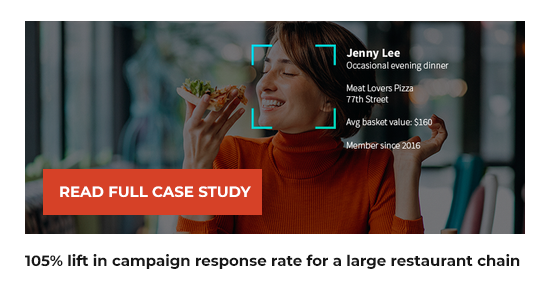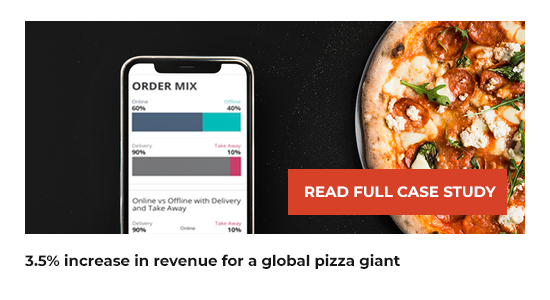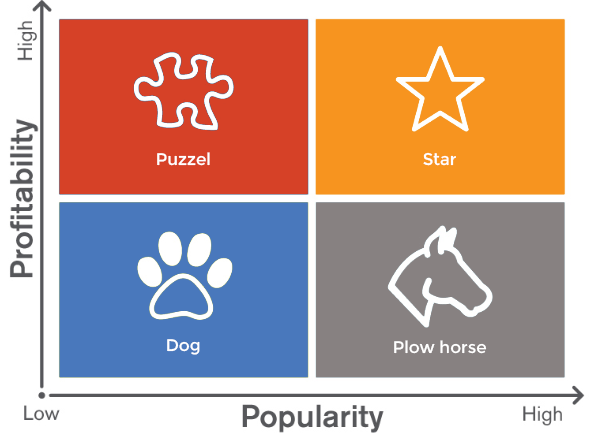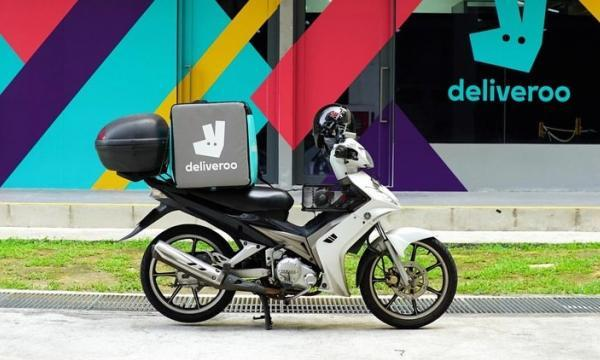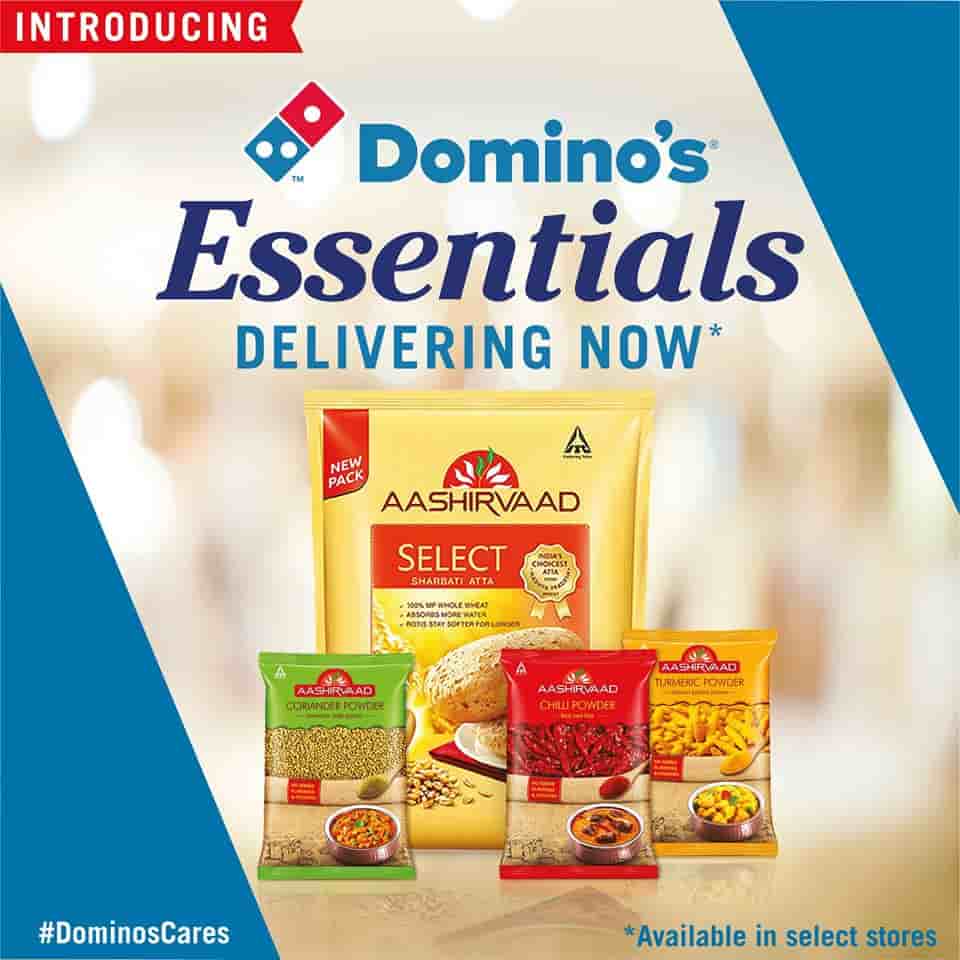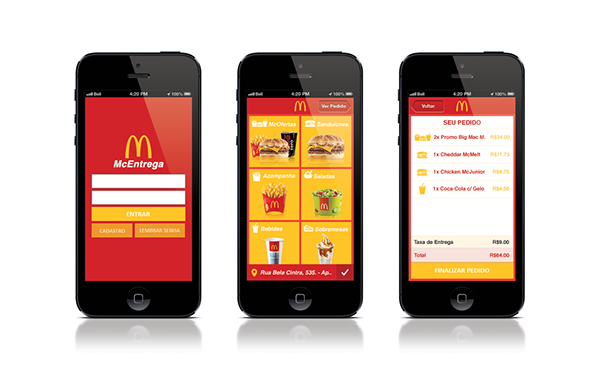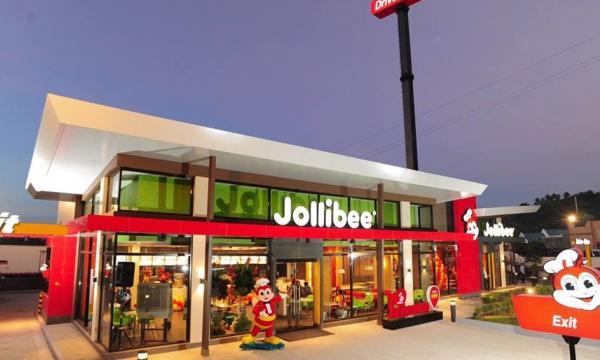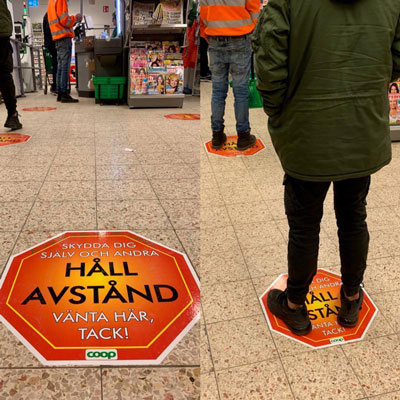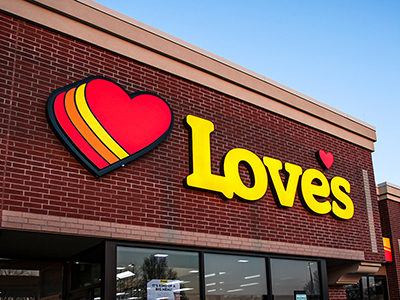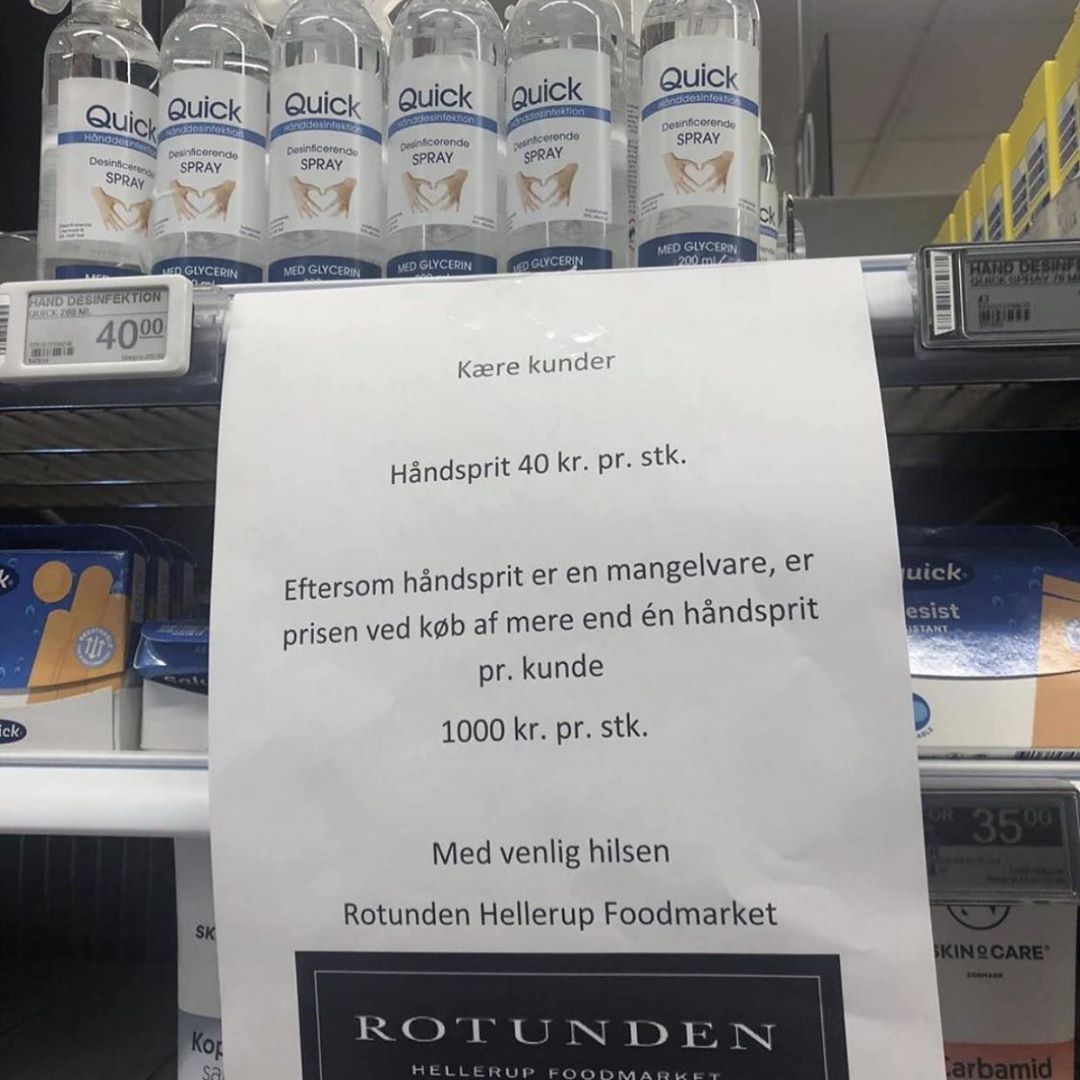Personalized experiences are always blissful. Be it a personalized workout routine at the gym or a spa treatment, it always feels like a luxury. Personalization today is not just in terms of including a prospect’s first name in an email directed to them. It is the next step in the era of Hyper-personalization.
In the third session of ‘Perspectives’, a Linkedin live series from Manthan, Raj Badrinath, Vice President, Marketing & Ecosystems and Michael Ni CMO Sales & Marketing of RichRelevance spoke about hyper-personalization as the next frontier, customer experience, and the whole science behind it. Read on to get expert perspectives on personalization, and what scenarios in which retailers and brands are deploying this technology.
Raj: Let me begin with this Michael, what is all the hype around ‘hyper-personalization’? Tell us a little bit about it.
Michael Ni (Mike): So the thing about Hyper-personalization is that we all inherently know about it. When you walk into your general store, for instance, imagine the shopkeeper has already laid aside special meat he just received and he tells you the story behind the meat while educating you about it. By doing so, the shopkeeper has not only made it easier for you but also given you a meaningful experience and helped you learn. This is the perfect example of hyper-personalization.
Raj: We know that the entirety of the Marketing approach has been around Segmentation for the longest time. Would you say it is the same as the personalization or hyper-personalization approach?
Mike: No, Segmentation is not Hyper-personalization. Today, Marketers are still stuck in the old ways of thinking, even though they have more technology to go beyond segmentation. Yes, Segmentation involves AI-driven approaches but is still not about the individual, what they want, what they care about or their intent at that point in time.
Raj: Now that we understand segmentation is definitely not the same as hyper-personalization. What nuances should a marketer look into to understand this difference?
Mike: Frankly, Marketers will have to be at a certain level of planning and abstraction since they need to be thinking about the persona, the content, the journey that the customer is on. Let me give you an example of this. Let’s say I have been investigating all over the internet and stores about quality shirts. So when I actually walk into the store, I am as a customer, far along enough on my journey and do not necessarily need to be educated about it. I just need to buy. A deeper understanding of this journey of a customer is what will help the marketer create a better experience.
Raj: That makes so much sense. So tell me about the consumer’s point of view here. As a consumer, is there any end-state that I can determine in any way?
Mike: Looking back at the example of the shopkeeper that we were discussing earlier in this conversation. The experience was well beyond just buying something from a store. As a customer, since the experience was memorable, the next time that I think of buying something, at the top of my mind will be that shopkeeper and the experience of buying that product.
To understand the kind of experience and relationship brands are vying to build with their customers, let me give you an example. Imagine you walk into a grocery store and you are given a cart with a screen that lists items for you. So as you move ahead, you pick what you want and tick things off your list. Based on what you pick, the system uses the information to build a profile and personalizes the experience for you. When you leave the store you get a reminder of the things you may have missed. This is the kind of customer interaction that brands are increasingly trying to develop with their customers.
Raj: All of this hinges on data. What happens in the case of customers who visit the website for the first time and we don’t know anything about them?
Mike: It’s a perfect question. When a person visits your website even if it is the first time there is a tremendous amount of information available already including where they came from and what device they are using. Take a restaurant for example that does not necessarily know all its customers. With the first couple of orders placed the restaurant tries to recognize who the individual is and builds a profile. Similarly, with every click or choice, a customer makes online helps build a profile right from the first visit to the website. That is how a customer moves from being someone who is completely anonymous to someone who is showing behavior hence giving you the opportunity to personalize.
Raj: Let’s talk about the AI now. Netflix, for example, is considered one of the masters of hyper-personalization. What aspects of it are common and deployable in other customer industries?
Mike: Let’s take Netflix first. I think it is important to talk about the marketing approach and also the technology you use with the algorithm. Netflix uses personalization extensively and uses every opportunity to present its customers with the right content. It lets customers consume content in the way they prefer instead of bombarding them with a hundred irrelevant options. Another example is Google which uses an Ensemble-based approach. This approach uses multiple learning algorithms to get better predictive performance. It is important for any business to understand which algorithm is working where in what part of its jo
Hyper-personalization is a technology that makes it easier to do things that are otherwise manually not even practical. This technique allows you to focus on the intricate details of your customers that are not available while us Experience. This solution combines a Customer Data Platform, Retail Marketing, and Merchandising solution, and Real-time Personalization powered by advanced data science and algorithms. ing traditional personalization of their data. It really is the next big step in marketing!
Manthan recently announced a strategic alliance with RichRelevance, a market-leading personalization platform to deliver an end-to-end Algorithmic Customer






